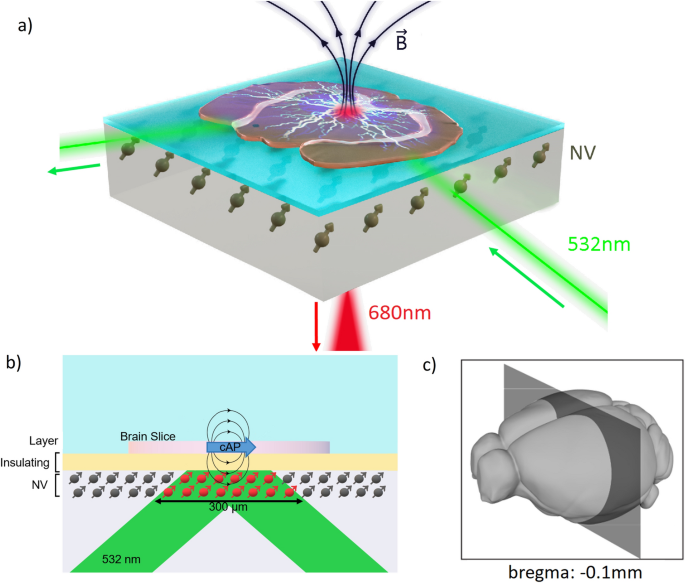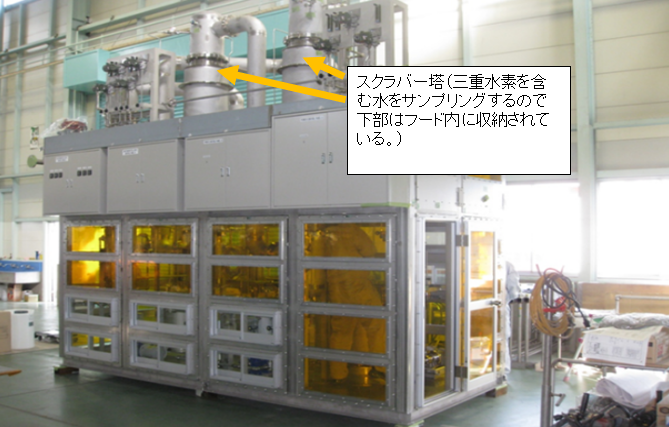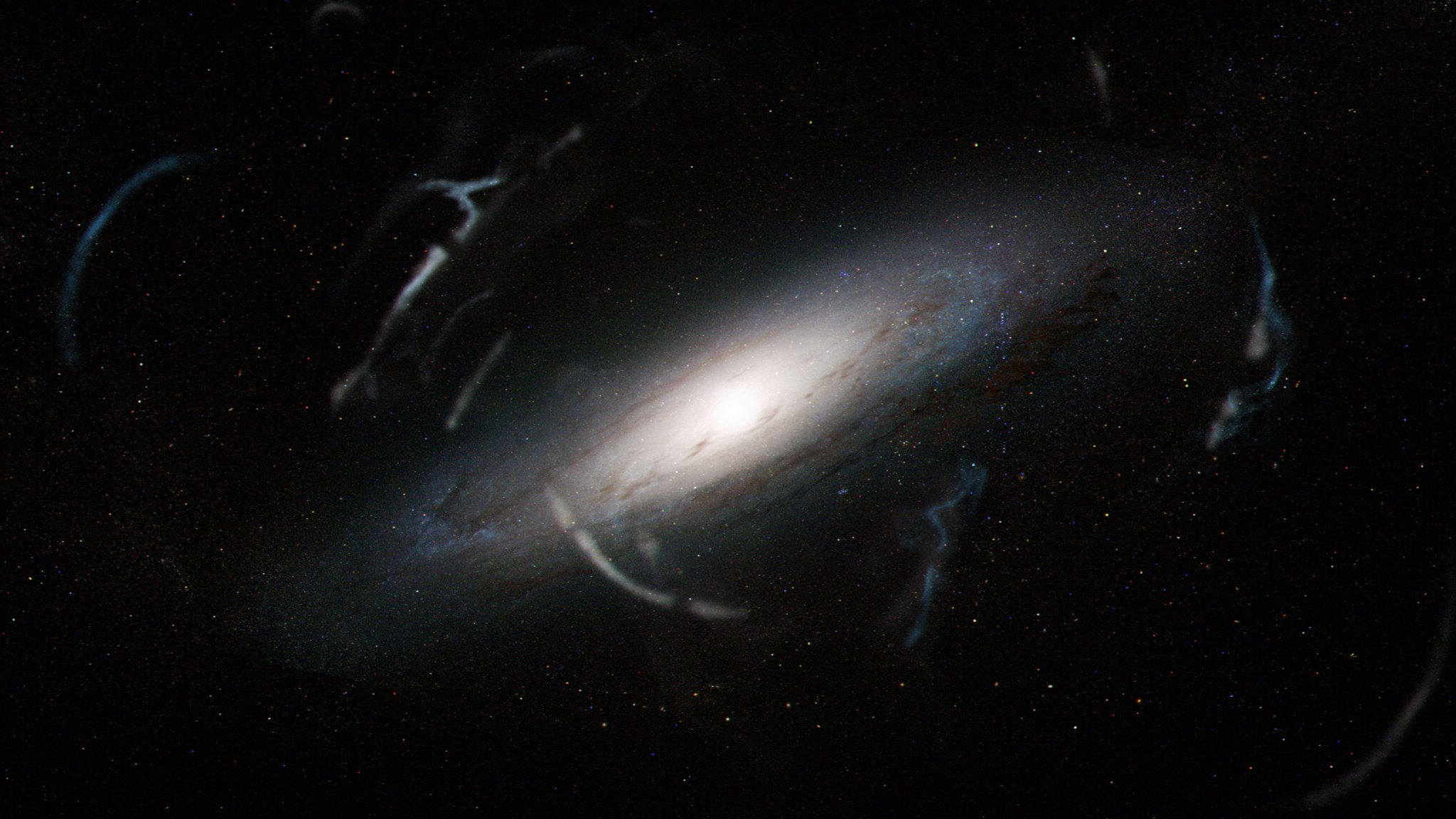2023-12-08 デンマーク工科大学(DTU)
◆具体的には、ダイヤモンドの色中心(NVセンター)が発する光の明るさの変化を記録します。これにより、病気の原因を理解し、効果的な治療法を提供することが期待されますが、実用化にはまだ途上であり、慎重な研究と開発が必要です。
<関連情報>
- https://www.fysik.dtu.dk/english/about/news/diamond-quantum-sensors-can-measure-neuron-activity-in-the-brain
- https://www.nature.com/articles/s41598-023-39539-y
ダイヤモンド量子センサーを用いた脳神経細胞の電気活動の微視的磁気記録(Microscopic-scale magnetic recording of brain neuronal electrical activity using a diamond quantum) sensor
Nikolaj Winther Hansen,James Luke Webb,Luca Troise,Christoffer Olsson,Leo Tomasevic,Ovidiu Brinza,Jocelyn Achard,Robert Staacke,Michael Kieschnick,Jan Meijer,Axel Thielscher,Hartwig Roman Siebner,Kirstine Berg-Sørensen,Jean-François Perrier,Alexander Huck &Ulrik Lund Andersen
Scientific Reports Published:31 July 2023
DOI:https://doi.org/10.1038/s41598-023-39539-y

Abstract
Quantum sensors using solid state qubits have demonstrated outstanding sensitivity, beyond that possible using classical devices. In particular, those based on colour centres in diamond have demonstrated high sensitivity to magnetic field through exploiting the field-dependent emission of fluorescence under coherent control using microwaves. Given the highly biocompatible nature of diamond, sensing from biological samples is a key interdisciplinary application. In particular, the microscopic-scale study of living systems can be possible through recording of temperature and biomagnetic field. In this work, we use such a quantum sensor to demonstrate such microscopic-scale recording of electrical activity from neurons in fragile living brain tissue. By recording weak magnetic field induced by ionic currents in mouse corpus callosum axons, we accurately recover signals from neuronal action potential propagation while demonstrating in situ pharmacology. Our sensor allows recording of the electrical activity in neural circuits, disruption of which can shed light on the mechanisms of disease emergence. Unlike existing techniques for recording activity, which can require potentially damaging direct interaction, our sensing is entirely passive and remote from the sample. Our results open a promising new avenue for the microscopic recording of neuronal signals, offering the eventual prospect of microscopic imaging of electrical activity in the living mammalian brain.



